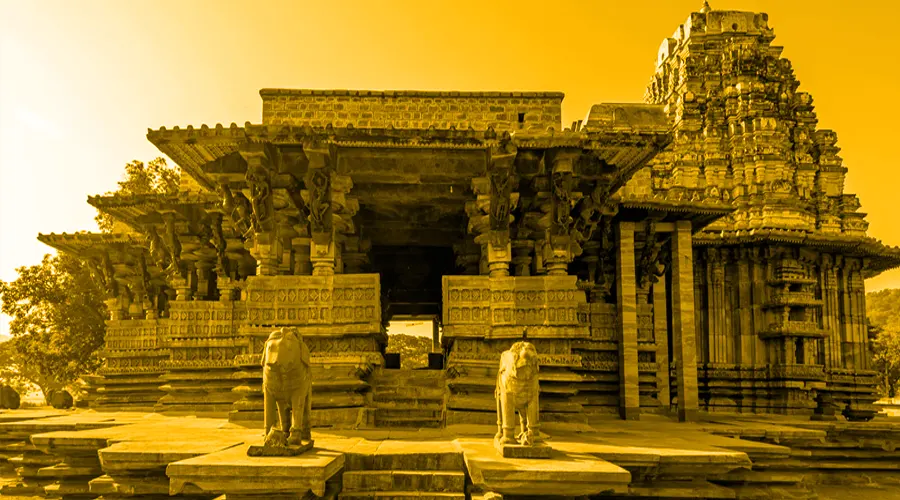800-Year-old ‘Ramappa Temple’ gets UNESCO World Heritage Site tag
800-Year-old Ramappa Temple gets UNESCO World Heritage site tag, Ramappa, was proposed by the government as its only nomination for the UNESCO World Heritage site tag for the year 2019. Even so, the temple has been on UNESCO’s tentative list since 2014.
At the 44th session of the World Heritage Committee of UNESCO on July 25th, Rudreswara Temple, (also known as the Ramappa Temple) at Palampet, in Mulugu district has been inscribed on UNESCO’s World Heritage list. There is something unique about this temple that this temple is named after the sculptor Ramappa from Karnataka who executed the temple for 40 years.
What is a World Heritage Site tag?
A World Heritage Site is a location with an “outstanding universal value”. This signifies “cultural and/or natural significance which is exceptional as to transcend national boundaries and to be of common importance for present and future generations of all humanity”. To be included, sites must meet at least one of the ten selection criteria.
These include the site representing a masterpiece of human creative genius, exhibiting an important interchange of human values over a while or within a cultural area of the world, bearing exceptional testimony to a cultural tradition, or being an outstanding example of a traditional human settlement.
There were times people from far and wide made a beeline to see and believe that bricks here float on water. After a gap of two decades, this ancient temple, located on the sprawling lake named after sculptor Ramappa, has been attracting tourists in hordes.
Ramappa Temple
Ramappa Temple, also known as the Rudreshswara (Lord Siva) temple, is located 66 km away from Warangal, 15 km from Mulugu, 209 km from Hyderabad in the state of Telangana in southern India is now a UNESCO World Heritage Site. It lies in a valley in Palampet village of Venkatapur Mandal of Mulugu district, a tiny village long past its days of glory in the 13th and 14th centuries.
The presiding deity at Ramappa Temple is Ramalingeswara Swamy and the temple is known for its elaborate carvings that speak volumes about the dexterity of craftsmen. According to inscriptions, it was said to be built in 1213 AD by Recharla Rudra, a general of Kakatiya king Ganapati Deva.
Among the amazing carvings include a flute at the entrance of sanctum sanctorum which when hit makes the sound sa-ri-ga-ma. The pillars within the temple boast such a fine carving that one could pass a strand of hair through. It has 13 such carvings perhaps indicating the 13th century when it was constructed. A local guide explains that inside the roof above one’s head, the sculptors featured epics on eight sides. A complete story of ‘Ksheera Sagar Madhanam’ was carved on one beam and so also on other beams featuring – Daksha Samharam, Daksha Yagnam, Tripurasura Samharam, Gajasura Samharam, and Narakasura Vadha, Gopika Vastrapaharanam.


Comments (0)